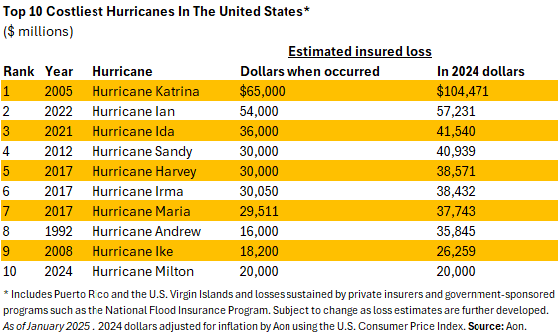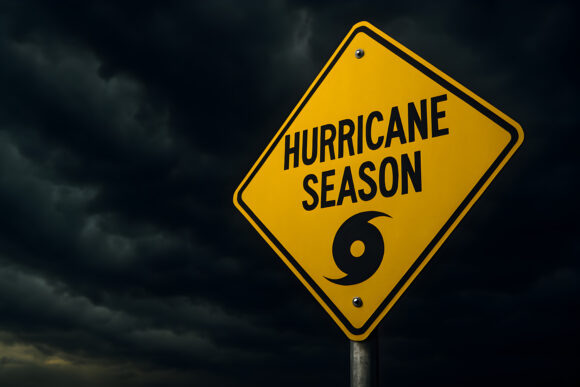The team of hurricane researchers at Colorado State University shaved off a storm from its original Atlantic hurricane season forecast, and now sees a “slightly” above normal season.
High levels of observed Caribbean wind shear, which break up storms, is the primary reason for the reduction in expected named storms to 16, hurricanes to eight, and major hurricanes to three.
CSU in its last two forecasts of the hurricane season called for 17 named storms and nine hurricanes – with four major hurricanes of at least Category 3 (111 mph or more) strength.
The average hurricane season has 14 named storms, seven hurricanes and three major hurricanes. Last year’s record-breaking season included 18 named storms, 11 hurricanes and five major hurricanes.
Related: After Tens of Billions in Insured Losses, Record-Breaking Hurricane Season Ends
The team at CSU, in its 42nd year of issuing hurricane forecasts, said its updated forecast issued each July (the hurricane season starts June 1) has demonstrated “good long-term skill when evaluated in hindcast mode. The skill of CSU’s forecast updates increases as the peak of the Atlantic hurricane season approaches.”
CSU’s models put a 48% probability of a major Atlantic hurricane hitting the U.S. in 2025. The average probability is 43%. The probabilities for a Gulf Coast or East Coast landfall in 2025 are 31% and 25%, respectively.
Phil Klotzbach, senior research scientist in CSU’s Department of Atmospheric Science, said conditions right now are similar to the 2001, 2008, 2011, and 2021 hurricane seasons. Hurricane Ike (2008) and Hurricane Ida (2021) stand out in these years. Both are among the costliest hurricanes to private insurers in history.

Another update to CSU’s forecast will be issued on Aug. 6.

